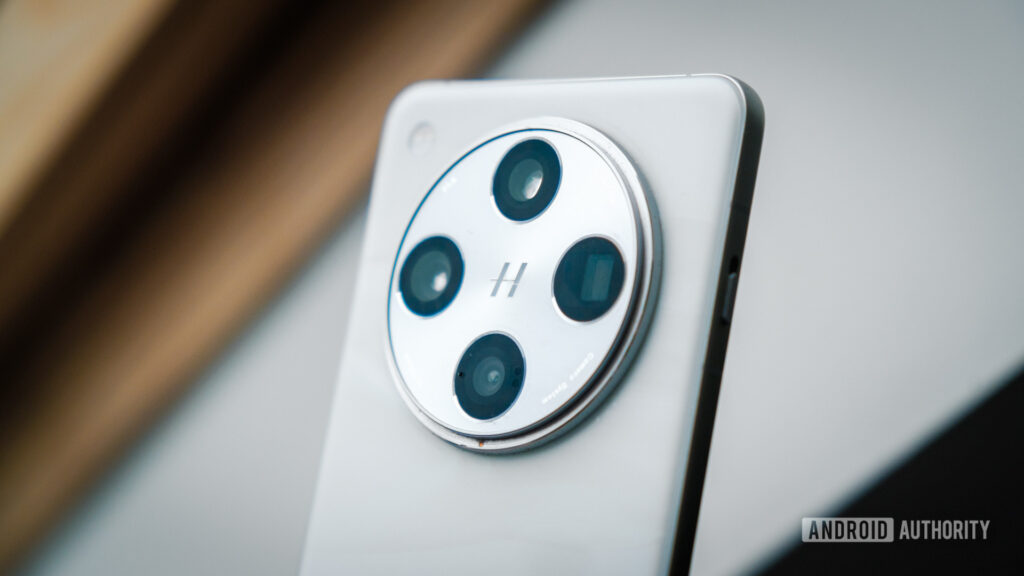Robert Triggs / Android Authority
Bonfire Night in the UK presents budding photographers with a wealth of opportunities for capturing fun snaps. Usually, I’d take my Fuji mirrorless along to snap some neat pictures of our local bonfire and skies full of delightful fireworks. But this year, with two boundless toddlers to shepherd, I decided I’d probably need both hands free and would have to rely on my smartphone for quick snaps instead.
On the plus side, I’d been looking for an excuse to test out the dedicated “Fireworks” mode in the OnePlus 13 and OPPO Find X8 Pro (I’m using the latter) camera apps. The mode seems to combine long and short exposures, providing vivid detail with well-exposed lighting and colors. Given that I probably wouldn’t have time to optimize shutter speed and ISO while keeping an eye on the little ones, this mode would do all the heavy lifting for me.
How often do you use your camera’s extra modes?
0 votes
All the time
NaN%
Rarely
NaN%
Never
NaN%
That sounds pretty great, at least in theory, and even the most die-hard DSLR enthusiasts must concede that today’s best camera phones have considerable advantages in instant multi-frame processing and computational photography. I even applied a few quick filters to some of my shots to select just the right tone with minimal editing effort. But that’s enough chitchat. How did the few snaps I grabbed turn out?
It all went better than I expected, if I’m honest. I think what impressed me the most is that there’s a good level of image consistency across all three of the lenses I used. The large 1/1.4-inch 50MP primary camera obviously performs well in low light, but even the smaller 3x 1/1.95-inch 50MP and 6x 1/2.51-inch 50MP zoom cameras hold up reasonably well in terms of dynamic range and color. Importantly, none of them had any trouble with focus or exposure, which is often a problem with shooting at night.
Are these pictures flawless? Well, no, absolutely not. I would have preferred a bit more sharpness; the long-ish shutter time introduces a touch of blur, and the bright bonfire light meant dealing with some moderate lens flare. That said, I’m still pleased with the results — and I know from experience that I’d have spent at least an hour in Lightroom balancing exposure and color to achieve something similar from my mirrorless.
While my mirrorless might have been better, my phone was far, far more convenient.
While I know I could have ended up with slightly better pictures with my Fuji, I hope you’ll agree that these pictures are more than good enough and might even be impressed by one or two of them. What really stood out, though, was just how effortless it all was. No fiddling with settings, no tripod — just point, tap, and let the phone handle the rest.
It’s a reminder that convenience can sometimes trump control, especially when you’re juggling glow sticks and toddlers in the dark. I might just leave my mirrorless at home a little more often.
Don’t want to miss the best from Android Authority?
Thank you for being part of our community. Read our Comment Policy before posting.

